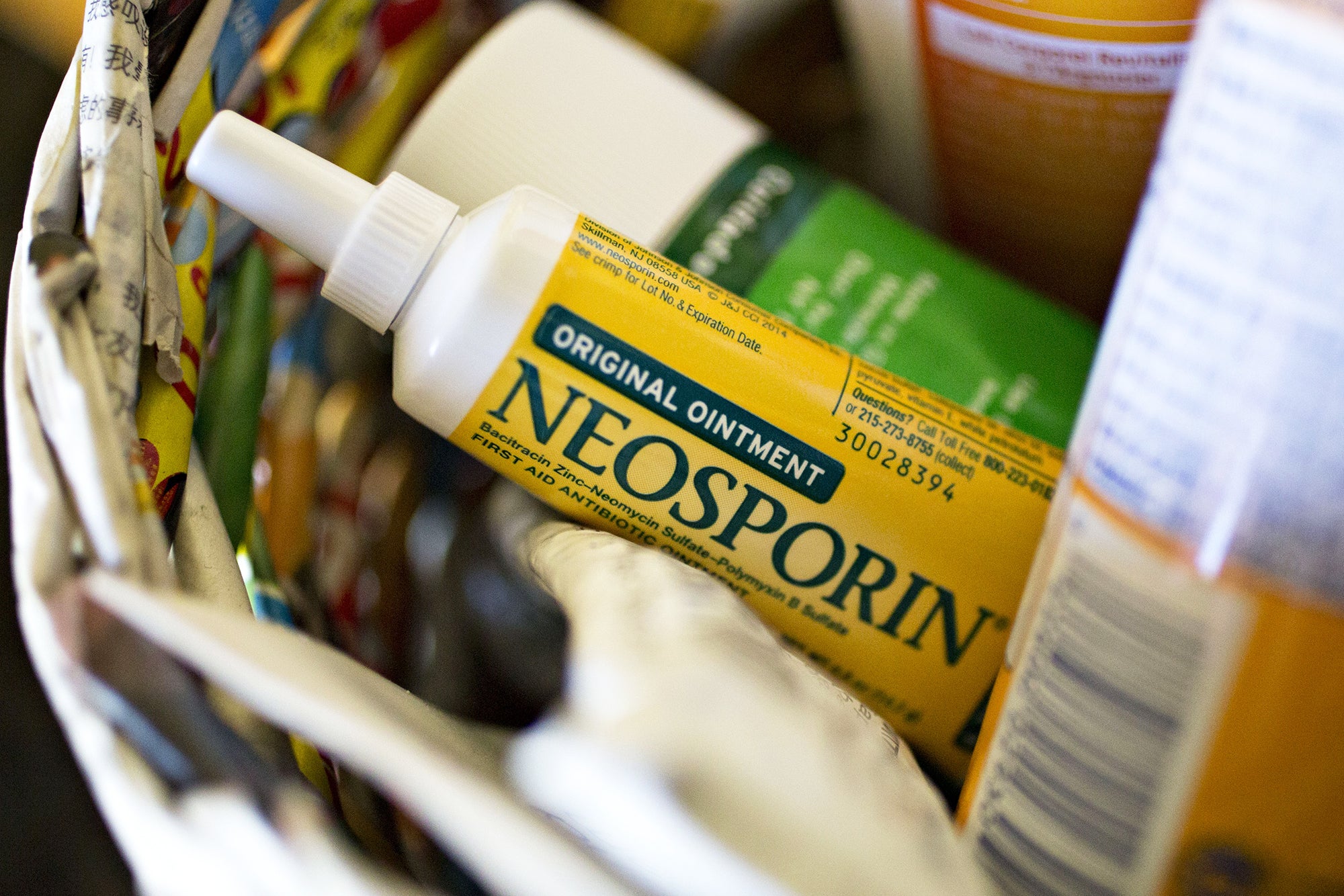Published November 16, 2023
10 min read
Ten years ago, National Geographic Explorer George Kourounis climbed into the Gate to Hell. The 230-foot-wide, 100-foot-deep pit in north-central Turkmenistan is formally known as the Darvaza Crater (and named after a nearby village), but its nickname describes the phenomenon better: a methane-belching hole ignited decades ago in a remote stretch of the Karakum Desert that’s been burning ever since.
In 2013, Kourounis would be the first person ever to climb inside the flaming crater. After two years of planning, he had only 17 minutes to obtain gas readings and soil samples before being hoisted out again. “That 17 minutes is etched pretty deep into my brain,” he recalls. “It was so much scarier, so much hotter and bigger than I thought.”
That expedition raised awareness of the Darvaza Crater around the world, and widely shared images of the flamboyant conflagration, along with the apocryphal tales of its genesis, have made it a huge draw for tourists to the secretive former Soviet republic in Central Asia. But the country’s authoritarian regime has a more mixed relationship with the crater: Every now and then, it declares that it will snuff out the methane-fueled fires once and for all before deciding, yet again, to leave the Gate to Hell alone.
With vast caches of oil and gas, Turkmenistan is home to myriad industrial zones where methane—a potent greenhouse gas—seeps into the atmosphere. Earlier this summer, the American and Turkmen governments discussed ways in which they could cooperate to permanently seal these sites—perhaps including Darvaza Crater.
But quenching the flames is no trivial task, and anyone hoping to explore that option must first answer three key questions: How did Darvaza Crater come to be? What’s the best way to go about turning it off? And is it even a good idea to try and shut the Gate to Hell?
“It can go wrong,” warns Guillermo Rein, a fire scientist at Imperial College London. “I do worry about the risk of an explosion.”
Soviet shenanigans
Despite its infernal appearance, Darvaza Crater is not inherently bizarre. Also called the “Light of Karakum” in Turkmen, it sits atop the Amu-Darya Basin, a geologic formation packed with an unfathomable amount of oil and natural gas—which is predominantly methane. Lots of that methane escapes through the earth’s crust; if it ignites it will burn until either the fuel, the heat source, or the oxygen-rich air is removed.
“We shouldn’t be surprised it exists,” says Mark Ireland, an energy geoscientist at Newcastle University.
Usually, this region’s methane is either harnessed by the petroleum industry, or it leaks out, often unnoticed, above ground, or under water. That Darvaza Crater has been burning, unattended, for decades, is peculiar—and it’s almost certain that it began as a Cold War-era industrial accident.
Nobody knows which origin story is most likely, but several tales have similar plot elements: Sometime between the 1960s and 1980s, Soviet engineers—possibly petroleum prospectors—were drilling in the area when the earth crumbled beneath them, opening a geologic wound that would unleash a methane maelstrom.
Perhaps the engineers lit the methane gas, hoping it would quickly burn away. Maybe someone threw in a cigarette and accidentally set the fires going. Either way, it ignited a seemingly unyielding pyre that emit an array of noxious pollutants—but with the nearest village razed in 2004, there are no locals to bother.
The Gate to Hell also generates visitor revenue for a country that’s mostly closed to outsiders. “It’s marketing. It has become [Turkmenistan’s] number one tourist attraction,” says Kourounis.
Methane madness
Darvaza Crater also has an oddly mythic status within Turkmenistan thanks to its former ruler Gurbanguly Berdimuhamedow. “There was a period where people thought he had died,” recalls Kourounis. “And he proved he was still alive by taking a rally car out to Darvaza and doing donuts around it.”
But in January 2022, shortly before he stepped down and handed power to his son, the ex-premier said that the fires of the Gate to Hell should be extinguished and the methane it emits put to practical use.
There is some merit to this idea. Methane is an extremely powerful greenhouse gas; unlike carbon dioxide, which persists for centuries, it disappears from earth’s atmosphere in just a few years—but methane also traps considerably more heat, which raises concerns about its ability to cause short, sharp shocks to the climate.
Various international agreements, such as the Global Methane Pledge, aim to reduce methane emissions from both human-generated sources while hoping to stem the natural release of methane from wetlands and thawing permafrost.
Turkmenistan happens to be one of the world’s most prolific methane emitters. This ignominious honor stems from its Soviet days, where relentless and reckless fossil fuel extraction practices created a multitude of leaky wells, pipelines, and other industrial sites—including Darvaza Crater. These issues were inherited and left unresolved when the country gained its independence in 1991, and many of its wells, both in-use and abandoned, still leak today.
“There’s all manner of chaos going on there,” says Euan Nisbet, a climate scientist at Royal Holloway, University of London. But compared to Turkmenistan’s many methane leaks, Darvaza’s is essentially insignificant.
“It’s bad that they have a leak of methane,” says Rein. “But it’s good that it’s burning.” The fires turn most of that methane into carbon dioxide and water vapor—greenhouse gases, yes, but far less potent ones. In its current form, Darvaza Crater is not really a methane source.
The eye-catching fires of the Gate to Hell, however, “grab the attention of the media, of governments,” says Kourounis. That includes the Turkmen regime, who may sometimes view it as an embarrassing symbol of the country’s emissions issues.
Closing the Gate to Hell
Killing the Darvaza Crater requires two things: putting out the fires, then stopping the gas from seeping out of the earth.
The first step is considerably easier than the second: one could, for example, spray quick-dry cement into the crater, removing the oxygen-rich air that fuels the fires. But geoscientist Ireland would be wary of saying “Just put a lid on it,” noting that the methane will simply find other routes to the surface, adding another leaking methane source to the country’s woeful tally.
That means that the only way to properly suffocate the Gate to Hell is by smothering the leak at its methane source. “I don’t think anyone has any good idea of how to do this,” says Kourounis.
The key is knowing what’s under Darvaza Crater, says Rein, who suggests calling in petroleum industry experts to locate the subsurface fissure that’s emitting the gas.
Then, concrete could potentially be pumped into the rupture via subterranean pipes. “With oil and gas technology, it is possible to plug the duct if they know what it is,” says Rein. If they don’t do this exploratory work, however, “there is zero hope that they will do anything useful,” Rein concludes, adding that if the prospecting isn’t done with the utmost care, a rogue spark or drilling accident could trigger a lethal blast.
Mark Tingay, a petroleum geomechanics expert at the University of Adelaide, isn’t sure how you would seal an underground rupture like this even if engineers could locate it. “There isn’t really any way to drill down and block it,” he says. Industrial leaks can be complex to fix, Tingay notes, but geologic ones are considerably more chaotic and filled with uncertainty.
Paradoxically, there is a remote possibility that a large explosive device could be used to seal off the methane. This method has been used to snuff out industrial well fires: a bomb, delivered by borehole, explodes close to the methane’s source, removing the oxygen (and thus stopping the fire) while simultaneously collapsing the rupture that’s releasing the methane.
It isn’t clear how this would work with Darvaza Crater, and it’s likely you’ll need a very large bomb. Soviet engineers actually used nuclear warheads several times to seal off underground fires—the last time in 1981.
Fortunately, this approach is unlikely to find support in today’s world. And it may not even work at Darvaza Crater. Not only would “that would be the dumbest idea ever,” says Kourounis, but he suspects the gas would still seep out elsewhere.
Experts seem to agree: any attempt to close the Gate to Hell be very troublesome, quite dangerous, expensive, and arguably fruitless. With all that in mind, perhaps the best option is to do nothing at all.
“I have officially recommended to the government of Turkmenistan to just let it burn,” Kourounis says. But as the mercurial regime changes its opinion on Darvaza Crater so frequently, the future of these fires remains up in the air. “Who knows what’s going to happen?”
Note: This article have been indexed to our site. We do not claim legitimacy, ownership or copyright of any of the content above. To see the article at original source Click Here












